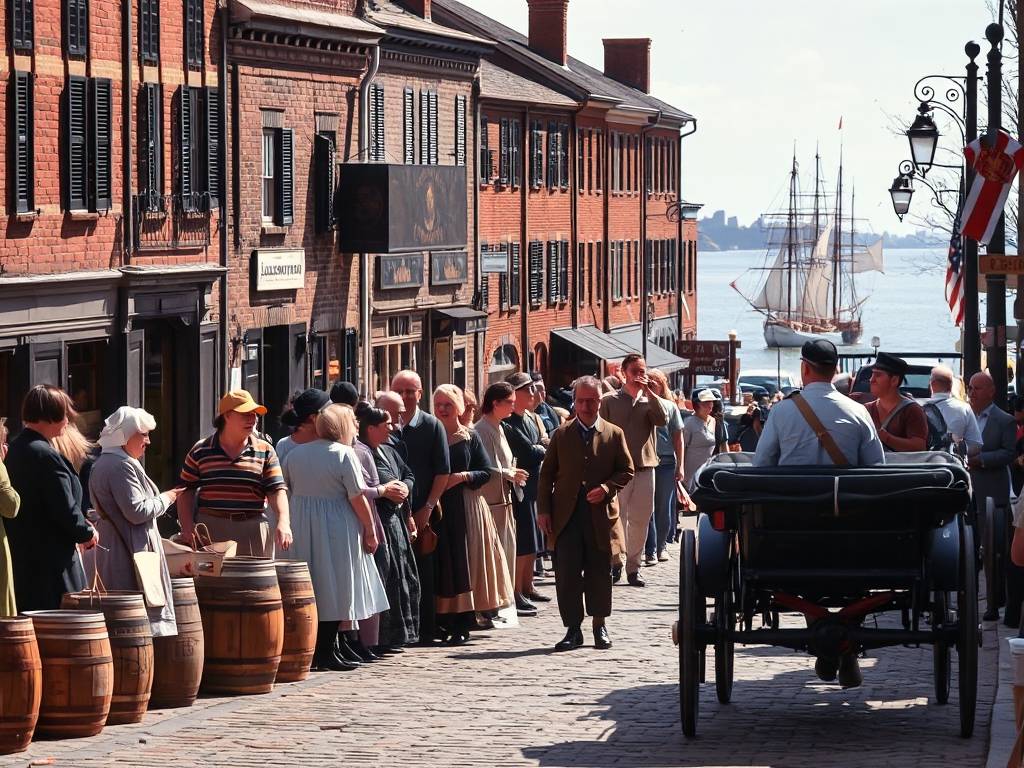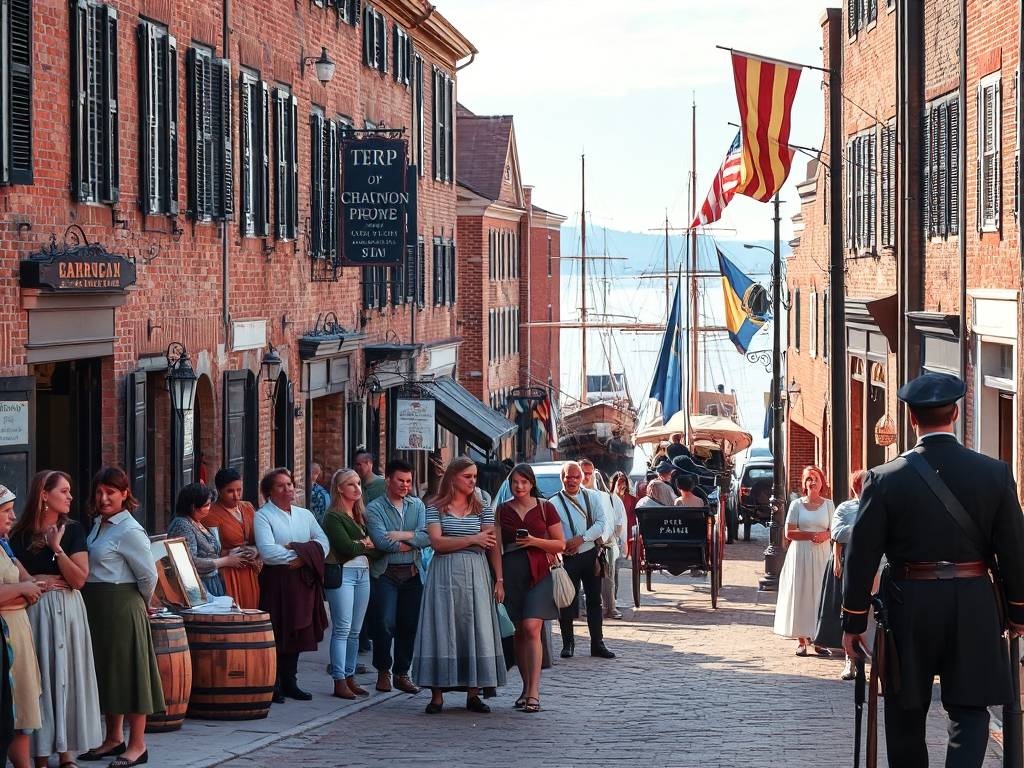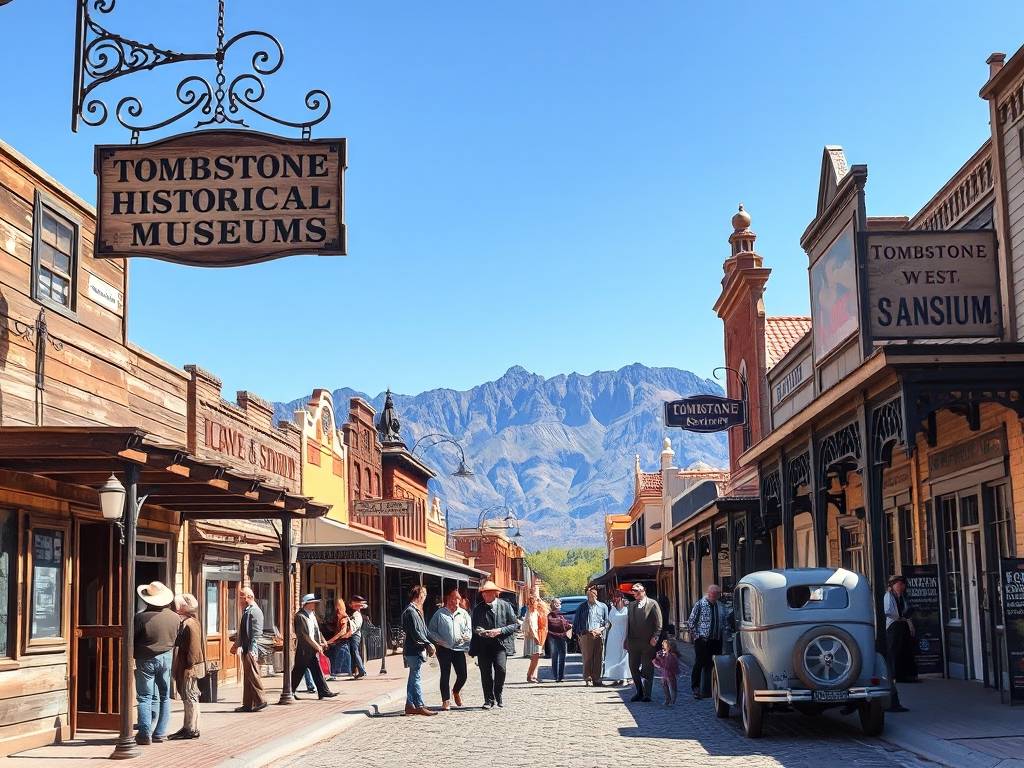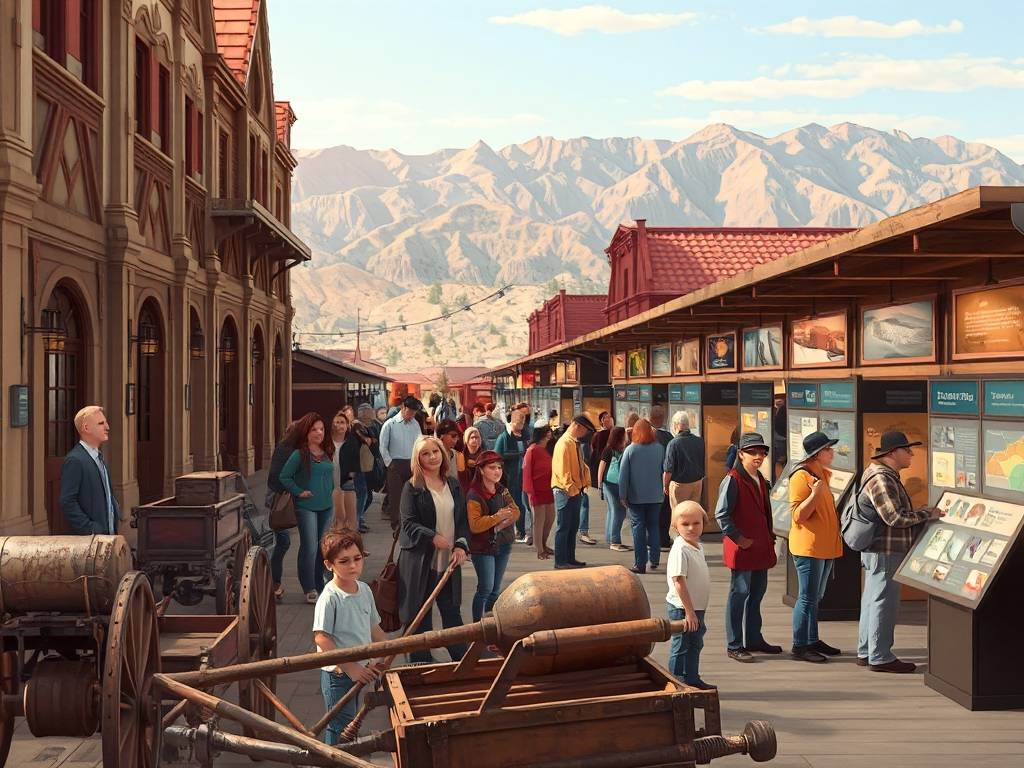USA Travel
US Travel: Colonial Trade History Tours in Maryland’s Annapolis
Time-Traveling Through Tidewater: Uncovering Colonial Trade History in Annapolis, Maryland

Imagine strolling down a cobblestone street, where the air carries the faint, salty tang of the Chesapeake Bay and the echoes of history are not just in the plaques on the walls, but in the very bricks beneath your feet. Welcome to Annapolis, Maryland—not just a picturesque state capital, but a living, breathing portal to America's colonial past. For travelers with a curiosity about how the New World was truly built, not on myth alone but on the complex engine of commerce, an Annapolis colonial trade history tour offers an unparalleled journey. This isn't just a history lesson; it's an immersive experience into the economic and cultural forces that shaped a nation, all within the compact, walkable confines of one of America's most beautifully preserved historic cities.
The story of Annapolis is inextricably linked to the water. Founded in 1649, the city quickly grew into a major hub of the Atlantic triangular trade network. Its location on the Severn River, feeding into the bountiful Chesapeake Bay, made it a perfect stage for the drama of colonial economics. Walking the historic district today, you can almost hear the cacophony of a thriving 18th-century port: the shouts of dockworkers, the creak of wooden hulls, and the clatter of goods being loaded and unloaded. This was a city powered by trade, and its legacy is etched into every corner.

Any meaningful Annapolis colonial history tour rightly begins at the City Dock. This was the bustling heart of the action. Here, towering schooners and sleek Baltimore Clippers would arrive, their holds filled with goods from across the globe. As you stand by the water, picture the scene: hogsheads of tobacco, Maryland's "brown gold," being rolled onto docks for export to England. In return, ships disgorged finished goods—fine textiles, furniture, and tools—along with molasses from the Caribbean, a key ingredient in the rum trade that was part of the broader and more troubling colonial trade routes in Chesapeake Bay. A good guide will help you visualize this intricate dance of import and export, explaining how a planters' wealth was measured not just in land, but in his access to these global markets. This spot is a cornerstone for understanding trading post visits in historic Annapolis, as the entire city was, in essence, a grand trading post.
From the dock, your exploration naturally leads up the gentle slope to the heart of the city. The Maryland State House, the oldest state capitol in continuous legislative use, is more than a political symbol; it's a monument to the economic power that made such a building possible. The taxes levied on the tobacco trade funded its construction. Inside, the Old Senate Chamber is where the Continental Congress met and where the Treaty of Paris was ratified, ending the Revolutionary War. The decisions made in this room were deeply influenced by merchant interests and the need to protect American commerce. This is a key stop for those interested in tracing the tobacco trade in Annapolis, as this single crop built not just private fortunes but public institutions.
A short walk away, the William Paca House and Garden offers a different, more personal perspective. Paca was a signer of the Declaration of Independence and a wealthy merchant-planter. His impeccably restored Georgian mansion is a physical manifestation of the wealth generated by colonial trade. The exquisite furnishings, the fine china, and the expansive, formal garden all speak to a lifestyle funded by the flow of goods. A tour here provides a tangible connection to the 18th century merchant lifestyle in Maryland. It answers the question: What did the success of the Annapolis maritime trade history look like in a domestic setting? The answer is in every detailed cornice and carefully manicured hedge.
However, a truly comprehensive colonial trade history tour must also confront the system's darkest aspect: slavery. The historic Annapolis slave trade history is an inseparable part of the city's economic narrative. The same docks that welcomed luxury goods also saw the arrival of enslaved Africans, whose forced labor was the foundation of the tobacco and, later, wheat economy. The Banneker-Douglass Museum, named for two remarkable African American intellectuals, is dedicated to preserving and interpreting African American history and culture. Furthermore, tours often include discussions of figures like Kunta Kinte, whose documented arrival at the City Dock was immortalized in Alex Haley's "Roots," making the history painfully personal and immediate. Acknowledging this is crucial to a full understanding of the economic history of colonial Annapolis. It wasn't just free enterprise; it was a system built on profound human cost, and modern Annapolis does not shy away from this truth.
For a more hands-on experience, venture to the nearby London Town and Gardens, just a short drive from the city center. This was a "lost" colonial seaport, a major ferry crossing and market town. Today, it's an active archaeological site and living history center. Here, you can step inside reconstructed buildings and speak with costumed interpreters about the daily life of merchants, tradespeople, and indentured servants. It’s one of the most immersive colonial trade route tours near Washington D.C., allowing you to literally walk through a preserved landscape of commerce.
To complete your journey into the Chesapeake Bay colonial commerce scene, consider a cruise on the bay itself. Seeing Annapolis from the water, as approaching sailors and merchants would have for centuries, provides a powerful shift in perspective. You understand why this location was chosen and how its destiny was forever tied to the maritime highways that connected it to the world.
Ultimately, an Annapolis colonial trade history tour is more than a checklist of historic sites. It's a narrative woven from brick, water, and memory. It connects the dots between a hogshead of tobacco, a merchant's mansion, a statehouse, and the profound struggle for freedom and human dignity. It’s a journey that satisfies the mind and touches the soul, offering a deep, nuanced, and unforgettable look into the complex economic engine that powered the birth of America. So, come to Annapolis with a curious mind. Walk its streets, listen to its stories, and let the tide of history carry you back to a time when this small city was a giant on the world stage of trade.
相关文章
- US Travel: Native American Powwow Experiences in Oklahoma
- US Travel: Historic Lighthouse Tours in Maine’s Portland Head
- US Travel: WWII Museum Visits in Louisiana’s New Orleans
- US Travel: Pioneer History Sites in Nebraska’s Omaha
- US Travel: Art Deco Architecture Tours in Florida’s Miami Beach
- US Travel: Historic Railroad Tours in Colorado’s Durango
- US Travel: African American Heritage Museums in Michigan’s Detroit
- US Travel: Spanish Colonial History Tours in New Mexico’s Santa Fe
- US Travel: Civil War Cemetery Visits in Virginia’s Arlington
- US Travel: Early American Settlement Tours in Massachusetts’s Plymouth
发表评论
评论列表
- 这篇文章还没有收到评论,赶紧来抢沙发吧~


